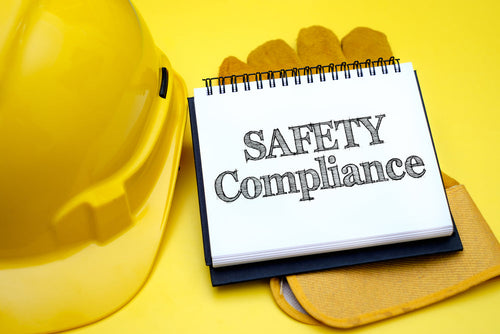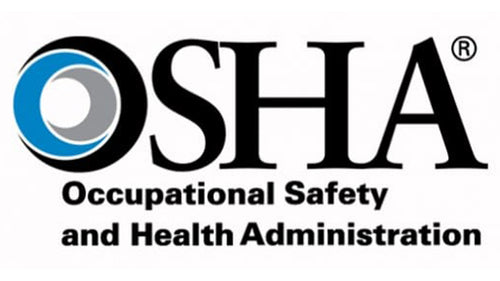
Avoid These: OSHA’s Top 5 Most Cited Violations (and How to Stay Clear)
When OSHA publishes its list of the most frequently cited workplace safety violations, the results rarely come as a surprise. The same issues tend to show up year after year, often in the same order. That consistency tells us something important. Many organizations continue to struggle with a handful of common hazards, and in many cases, these are preventable problems.
Understanding the top violations is more than an academic exercise. It gives safety professionals a practical roadmap for where to focus attention, training, and resources. It also helps employers avoid fines, reduce injuries, and strengthen their overall safety culture.
At the top of the list is fall protection, specifically under the general requirements standard. This has held the number one spot for over a decade. The most common issues include missing or inadequate guardrails, employees working at height without proper harnesses, and a general lack of fall prevention planning. These violations often occur in construction, roofing, and warehousing environments, but any industry with elevated work surfaces can be affected. Preventing fall hazards requires consistent equipment inspections, effective training, and enforcing policies that are sometimes overlooked in fast-paced work environments.
Hazard communication is another area where many employers fall short. This standard covers how chemical hazards are identified and communicated to employees, including labeling, safety data sheets, and training. Problems usually arise when labels fade or go missing, when safety data sheets are outdated or hard to find, or when new employees aren’t properly trained on the materials they’re working with. While these may seem like administrative oversights, they can lead to serious health risks and costly citations.
Ladder safety, particularly in construction, continues to be a problem as well. Improper use of ladders, using the wrong type of ladder for the task, and failing to inspect equipment before use are all common factors in ladder-related violations. These are often routine tasks that happen quickly, but that speed is exactly what can make them dangerous. Refreshing basic training and making it easier for workers to report damaged ladders can go a long way in reducing these risks.
Respiratory protection violations are also high on the list. In many cases, employers fail to provide proper fit testing, skip required medical evaluations, or neglect to maintain a written respiratory program. This can be particularly risky in industries dealing with dust, fumes, or chemical vapors. It’s not enough to hand out masks. OSHA expects employers to follow a documented process that ensures each worker is protected based on their specific exposure risks.
Rounding out the top five is lockout/tagout. These violations often result from missing procedures, incomplete training, or a failure to use proper lockout devices when machines are being serviced or maintained. Equipment-related injuries are among the most serious and most preventable. A strong lockout/tagout program requires more than a policy. It requires consistent follow-through, supervision, and a safety culture where shortcuts are never accepted during servicing.
While each of these violations stems from different hazards, they all share one thing in common. They typically result from lapses in training, oversight, or communication. That’s the good news. It means they are all addressable with the right focus.
For organizations looking to improve their safety performance, starting with these five areas is a smart move. They represent the highest-risk gaps in compliance and are often the first things inspectors look for during a site visit.
Avoiding these violations isn’t just about staying on OSHA’s good side. It’s about creating a workplace where safety is a shared responsibility that everyone takes seriously.


